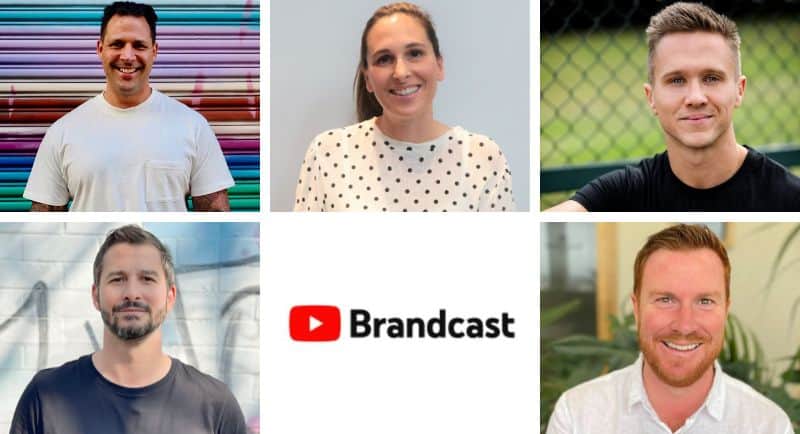Brandcast 2023 saw the YouTube and Google team pull out all the stops for its first time back at the Hordern Pavilion for its upfront on Thursday.
YouTube delivered a sleek and punchy presentation that celebrated the success of its creators, such as Mike’s Mic, and revealed the latest viewer trends and product updates.
Marketing expert Mark Ritson also took to the stage to lead a panel discussion featuring Kathy De Lullo, senior marketing manager of Mondelēz International, and Lucinda Barlow, head of international marketing at Uber, to discuss each brand’s recent campaigns and how both achieved long and short term business results.
After all the spectacle and stats – the company seemed to have successfully delivered its one key message for attendees – “YouTube can do it all.”
Media buyers from holding companies and independent agencies shared their thoughts and opinions with Mediaweek about YouTube’s offering, what stood out in the presentation and whether YouTube can really do it all for their agency.
Mark Zala – digital director – Avenue C.
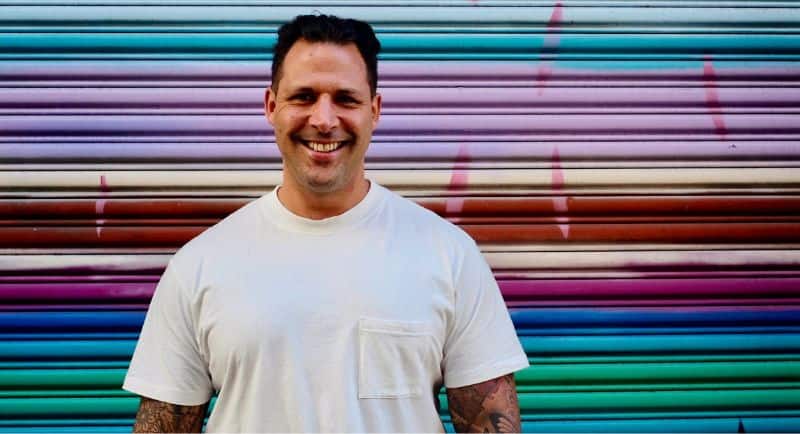
While Google kicked off Brandcast in spectacular style, it was striking how their key message weaved throughout the entire event, was one anchored in simplicity. Not to be taken as an insult, but this felt like YouTube going back to their roots and reminding the market exactly what made them so successful, and still does to this day.
They are the pre-eminent video streaming platform with unrivalled reach and a breadth of content that positions them as a utility and not just a video platform. In my view, this part was crucial and set the tone for the rest of the evening’s content. Yes, there was the all too frequent gimmicky stats around how effective their platform is for brands, overly scripted on-stage ‘exchanges’ between speaker and guest and of course the excessively casual use of ‘AI’ littered throughout their dialogue.
But at every turn, their messaging would always gravitate back to their core USP of being the video platform for all purposes, all occasions, all audiences. Unlike previous years where YouTube have talked up their ‘premium’ content offering (e.g. YouTube Select) in an effort to fend off attacks from the networks who criticise their lack of professionally produced and editorialised content, this year was rather muted.
In fact, they proudly embraced their reputation as the home of UGC, albeit dressed up in slightly more flattering terms as the home for ‘content creators’. This is 2023, after all. I actually think their approach was incredibly smart but also carefully pragmatic.
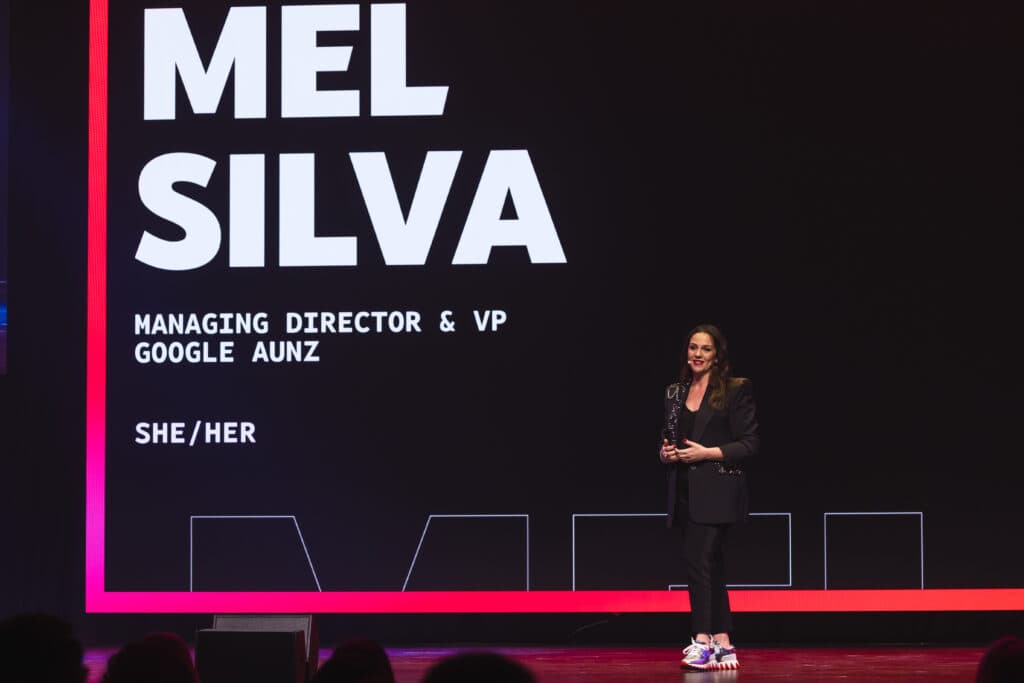
When talk inevitably turned to the economy and the pressure brand marketers now face to make their media more accountable, there had already been several very compelling arguments made that YouTube can act as a turnkey solution for all your video needs.
Want to address the decline in linear TV? 11m Aussie adults streamed YouTube on their TV last month; want to engage with consumers in moments that matter? YouTube offers an unparalleled ‘diversity of content’ for brands wanting to enter the conversation with consumers at the right time; want to appeal to Gen Z’s and cut through culture? We have YouTube shorts for that. While Google acknowledged that other video platforms do their one core competency well, they want you to know YouTube can do it all.
There wasn’t as much product hype as I expected, but again I think this was an intentional move to keep the brand message front and centre. That being said, there were a few advancements worth calling out; paused content ad experiences being one and the imminent launch of 30s non-skip pre/mid rolls in CTV (YouTube select only) the other.
The latter has been discussed in the industry for a while but this was the first acknowledgment of a roll out in this market, and I do see a lot of value for brands with minimal disruption to the user experience (we’re often served 2x 15s back to backs so no real palpable change in the viewers eyes).
Jane Combes – national head of strategic investment and partnerships – OMD
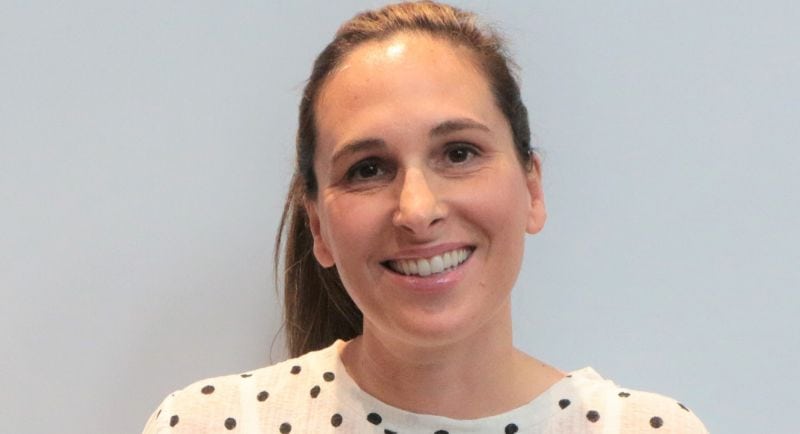
• Thoughts on the event, the offering, the biggest selling points, and the innovations presented:
YouTube intently focussed on persuading the market that they do it all – it was a bold declaration that they can be anything to anyone, delivering both mass audiences at scale, with a seat at the table in both water cooler moments and niche content that can’t be found elsewhere. They drove the narrative that rich content full of unparalleled creativity and diversity is on offer and YouTube is in the business of shaping a place that matters to people. Passion and creativity combine and with rapidly morphing audience trends, coupled with the explosion of content and a need for human connections, brands can look to YouTube to deliver any format, any screen and any audience, to deliver business results that matter.
The event was slick, pointy and bold. The content definitely didn’t hold back in its key messaging: “Be where it matters” and “YouTube works”. This key theme threaded throughout the content with a clear and unapologetic challenge to advertisers to re-think YouTube investment levels, at the expense of Television.
On the night, the overall push on brand results and diversity of content felt like it had more magnitude than any push to drive take up of innovations. Although the new CTV solutions (30” non skip and pausable ad experience) will no doubt provide immediate sources of growth for the platform as they look to bolster the big screen experience, in a bid to compete for TV dollars.
• Is Google/YouTube an attractive investment, and is there anything that stood out that might move the needle on the amount advertisers spend with Google/Youtube?
A clear stand out was Ritson’s panel. Clients were both encouraged and challenged to think differently about the platform, with the aim of walking away fully confident that “YouTube works”. Kathy De Lullo openly shared how attractive her investment in YouTube has been for Cadbury – with clear, tangible brand and sales results over a key time of year.
The results that were shared, and the fact that such a traditional TV heavy brand went ‘all in’ and got exceptional results, will definitely leave advertisers considering the move to (at a minimum) test and learn. The results-based case studies were clear, focussed and the narrative was convincing. We are seeing more and more of this in market at the moment – with advertisers looking for solid business results that are scalable, rather than just one-dimensional media solutions.
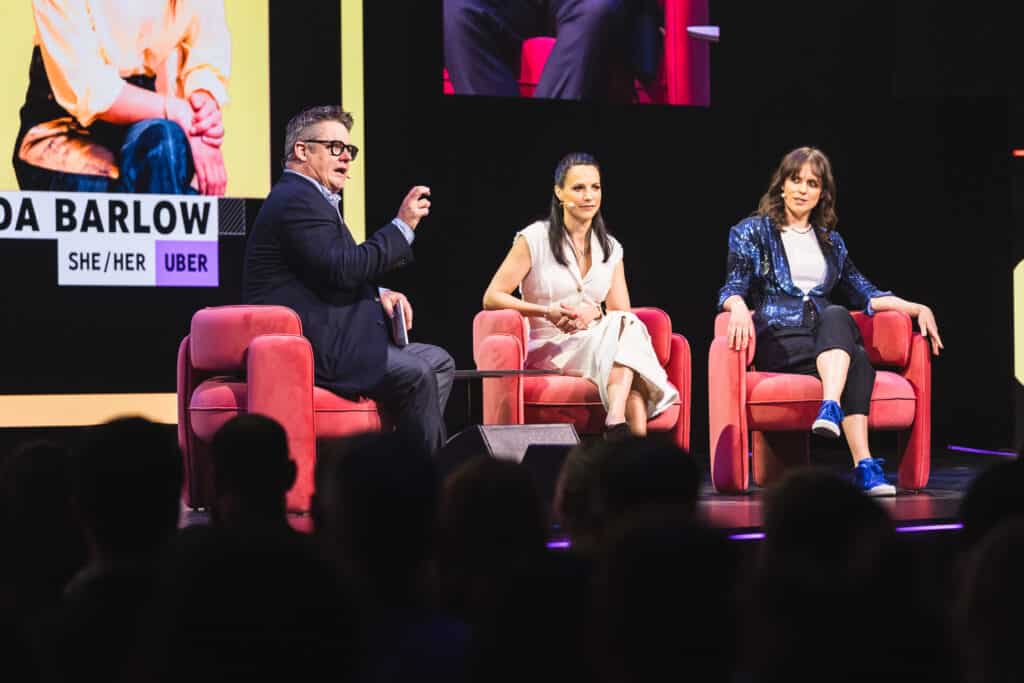
Mark Ritson with Kathy De Lullo and Lucinda Barlow
The complexity and competitiveness of the market and current economic climate means investment decisions are being more scrutinised than ever, and the investment needs to work hard. With so many competitors, particularly from a video perspective in market, all vying for the same eyeballs and dollars, it’s not surprising YouTube is directly targeting linear TVs share of the investment pie.
Agencies and clients are increasingly looking for guaranteed outcomes, ideally measured as part of a holistic screens approach, based on category specific nuances in brand safe environments – it’s a lot to ask, but the market is shifting in this direction as a necessity. Whether or not the market will be as brave enough to move volume as Cadbury has, will depend on the follow through from Google.
The market is still adapting to measurement challenges, cross screen approaches, brand safety and suitability guidelines and more. As YouTube said themselves, it is complex, and complicated and we are running at pace, with a lot of variables to navigate. Shifting the needle may in this instance, just be about thinking differently and evolving the consideration set.
Chris Parker – chief executive officer – Awaken
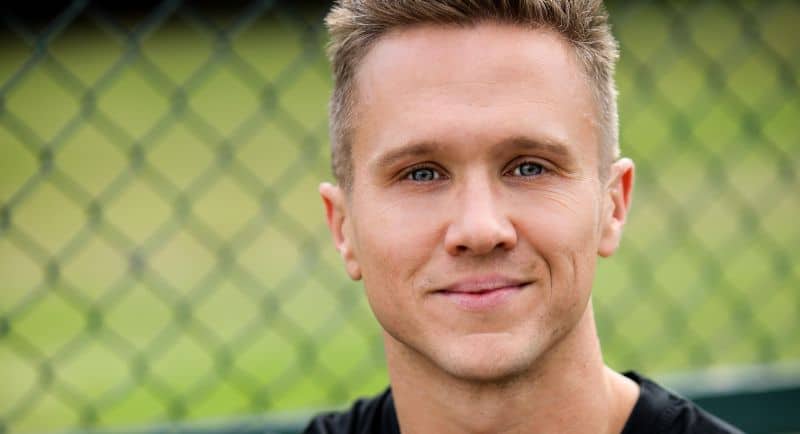
Yesterday’s announcements at YouTube’s Brandcast event in Sydney signified a transformative shift in the digital advertising paradigm. Mel Silva’s insight on YouTube’s versatility, catering to both micro-enthusiasts and mainstream audiences, establishes its unique position in the media landscape.
1. AI-Powered Precision:
YouTube’s new AI-backed tools promise advertisers an enhanced creative process and more impactful campaign results. This push towards AI ensures advertisements are timely, relevant, and resonate with viewers.
2. The Promise of Demand Gen:
Caroline Oates’s introduction of Demand Gen across YouTube platforms emphasizes YouTube’s commitment to spotlighting advertisers’ best content. This harmony between compelling assets and audience engagement is set to redefine the advertising experience this year.
3. Embracing Short-Form & Connected TV:
With the 30-second YouTube Selects Non-Skips on Connected TV, advertisers are being presented with an avenue for ensured viewer engagement. The expansion of the YouTube Select range with the Shorts line-up provides advertisers dynamic ways to remain at the forefront of viewer consciousness.
4. The Revolutionary Pause Experience:
The innovative Connected TV Pause Experience allows brands a unique opportunity. By interacting with audiences during streaming breaks, YouTube offers a fresh dimension in brand-audience engagement.
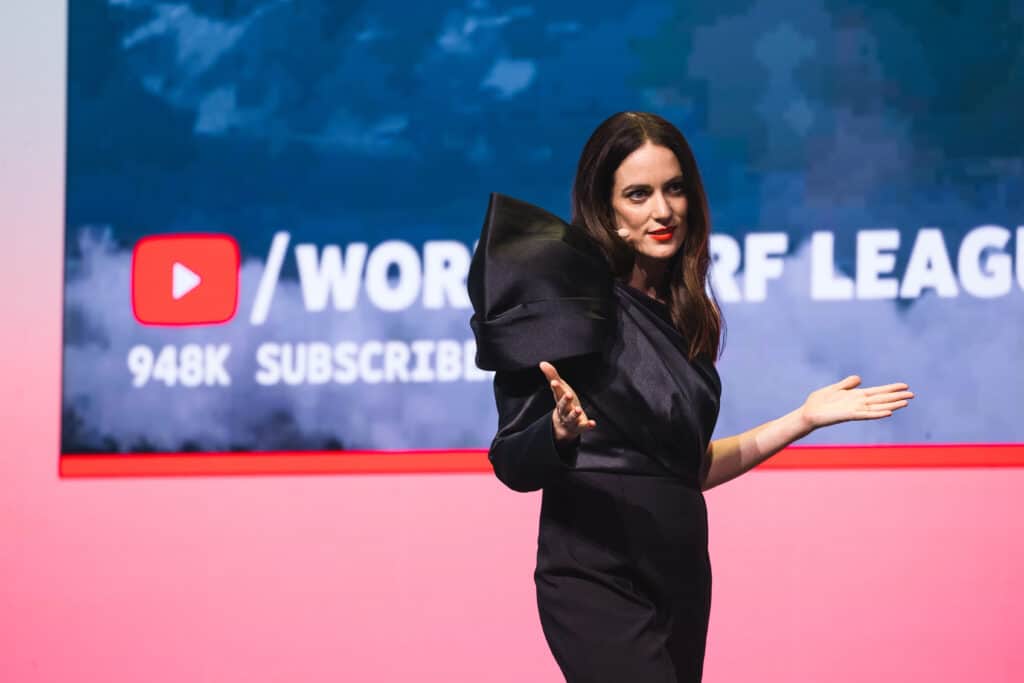
Caroline Oates
Tangible Outcomes:
Lucinda Barlow and Kathy De Lullo’s discussion provided real-world evidence of YouTube’s dominance. De Lullo’s Cadbury campaign spotlighted YouTube’s edge over traditional TV, emphasizing digital platforms, especially YouTube, as advertising’s future. Barlow’s remarks on Uber’s brand health reinforced this shift towards digital prominence.
In Conclusion:
Caroline Oates encapsulated the sentiment by spotlighting digital video’s power, with YouTube at the helm. These innovations attest to YouTube’s pulse on digital shifts. Over the next year, these formats will undeniably offer advertisers unmatched audience engagement opportunities, heralding a more synergized advertising future.
Greg Cattelain – head of biddable media – Spark Foundry
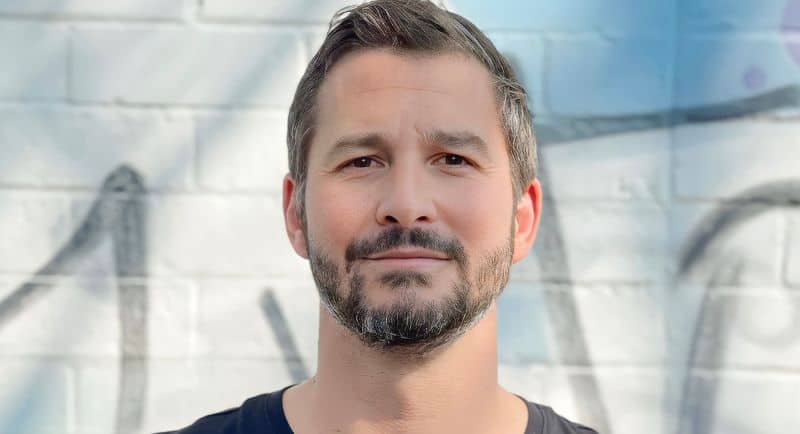
YouTube’s content diversity is a fantastic reflection of our society. Younger consumers want advertising and programs that are authentic, inclusive, and endorsed by people they see every day on their favourite platforms. When leveraged well, YouTube is a great opportunity for advertisers to be part of culture, and a much quicker rate than in the past.
At the YouTube Brandcast event, YouTube repeated the mantra that TV audiences are declining. While a broken clock is right twice a day, we do need to recognise that TV audiences are genuinely at a tipping point. BVOD is not making up for linear TV’s shortfall, and while the ad-supported tier of subscription TV is promising in terms of the scale it could unlock, we are not there yet.
On the other hand, YouTube Connected TV consumption is now as important as mobile in terms of impression share with 11 million households watching YouTube on their TV.
But when it comes to advertisers, not all content is equal. While it is easy to focus on the premium and brand-suitable content, the platform has a lot of content that is unsuitable for advertising. Using technology to curate content is increasingly important for advertisers who want to have a presence on YouTube.
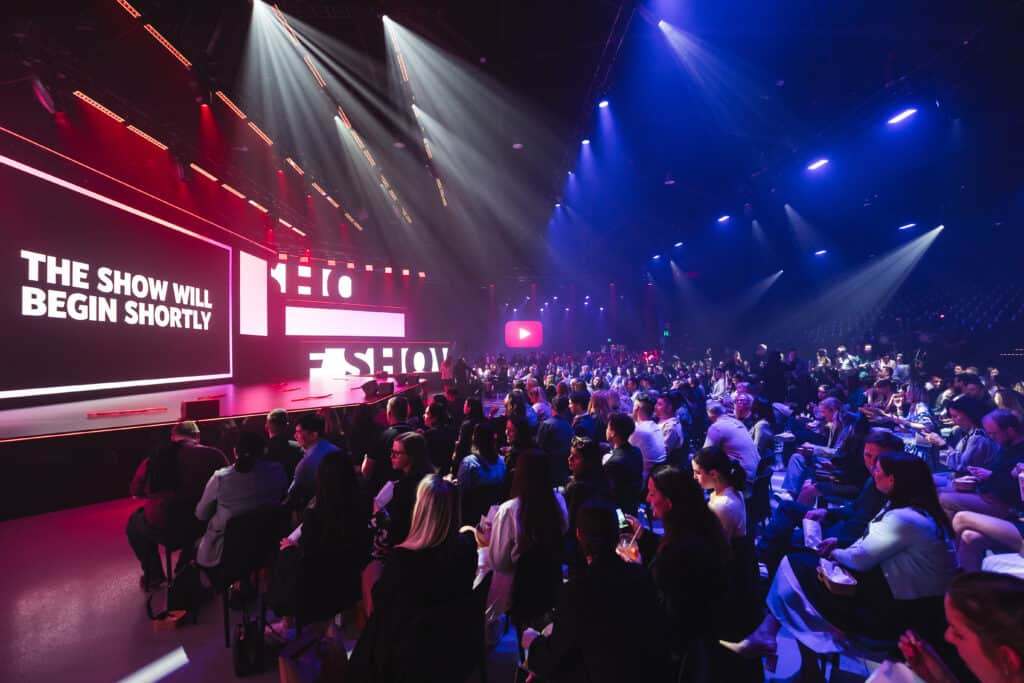
Format wise, the reintroduction of the 30-second non-skippable (on CTV) makes perfect sense; allowing YouTube viewed on TV to deliver the TV ad experience too. The introduction of an ad when pausing the video is another demonstration of YouTube’s ability to innovate based on user behaviour; this will be a good addition to its Performance Max product, helping to generate conversions for advertisers.
The ramp-up of advertising on its short-form videos, YouTube Shorts, will allow advertisers to extend the use of the vertical video execution they are producing for social. The potential of Shorts for YouTube is massive from a revenue standpoint, being able to eat the lunch of social media platforms.
There is something to be said about the uniqueness of the YouTube platform and its ability to deliver both long and short-term goals for advertisers. In a time of audience fragmentation, advertisers have a lot to gain by experimenting further with the right level of investment.
Agency specialists can add value by helping advertisers deliver both long and short-term goals in a brand-suitable and safe manner. Helping marketers to understand how to leverage the formats and placements the platform has to offer, as a means of achieving the desired outcome, is the critical role agencies need to play.
Trent McMillan – founder and chief digital officer – Kaimera

YouTube’s annual Brandcast event is an opportunity for the company to spotlight its most recent innovations to advertisers. The 2023 edition of Brandcast painted a picture of YouTube’s commitment to AI, creator content, and expansive reach:
AI-powered video
YouTube’s increasing investments in AI promise to aid advertisers in creating highly effective video ads. Their utilisation of AI to sift through video content identifies and highlights the most engaging segments. With this data, advertisers can strategically position their ads for optimum viewer engagement.
Creator content
A significant spotlight was on creator content. YouTube postulates that content from creators is not only more engaging but also radiates authenticity, distinguishing it from traditional advertising. Aided by YouTube, advertisers are now finding it simpler to collaborate with these creators for sponsored content.
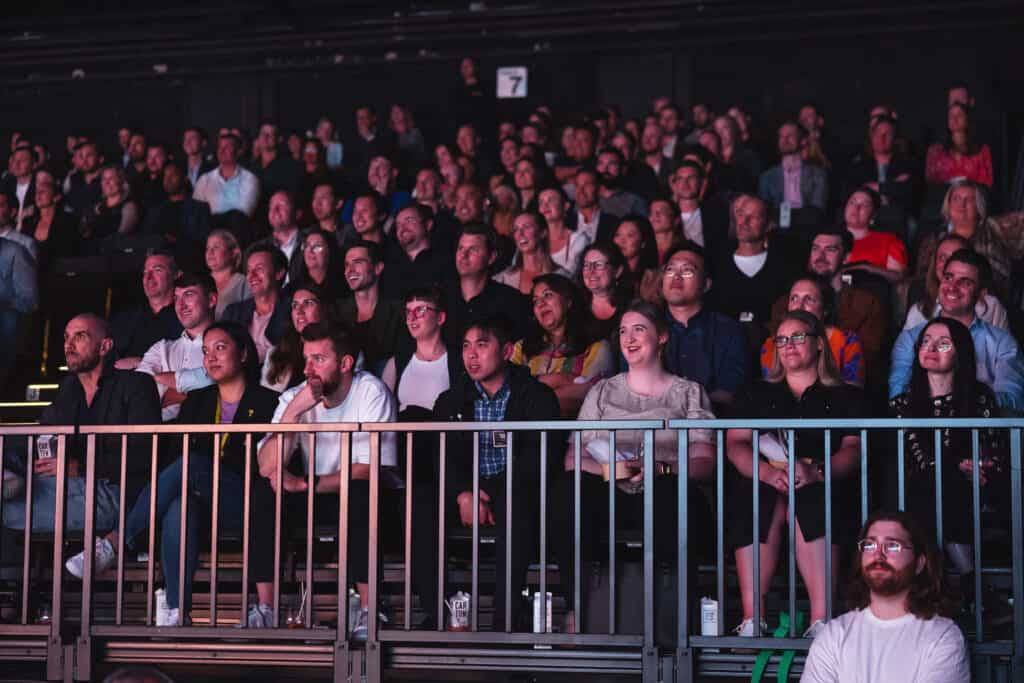
Reach
With a staggering user base of over 2 billion globally, YouTube’s reach is unparalleled. Capitalising on this, they are launching new ad products, specifically tailoring them for connected TV audiences.
Advertisers should undoubtedly be cognisant of the above trends as they strategise their video advertising campaigns. Additional insights from the event also revealed that YouTube is witnessing a spike in connected TV device viewership, solidifying its standing as a formidable channel for all stages of the advertising funnel.
However, the entire event left me with a feeling of an omission. It was noteworthy that they touched upon aligning CTV ads with the timeless TV 30-second format, a mainstay since the 1960s. Yet, despite the continual emphasis on their prodigious reach and pivot to CTV, a conspicuous gap was evident in the discussions around integration with the broader industry’s measurement and reporting tools.
Platforms like VOZ and ACR have evolved into industry linchpins, providing a sophisticated understanding of audience engagement. Their conspicuous absence in the dialogue felt jarring. While I might have been overly optimistic in anticipating Google/YouTube’s alignment with these industry standards, this oversight made the otherwise comprehensive event feel incomplete, slightly dampening its impact for me.
In essence, while YouTube continues to make strides in the right areas, ensuring advertisers can effectively engage their target audiences, there are still areas for further alignment and integration with the broader advertising landscape.
See also: Brandcast 2023: YouTube and Google unveil its insights, new solutions and outlook ahead
–
Top image, left to right: Mark Zala, Jane Coombes, Chris Parker and Greg Cattelain
